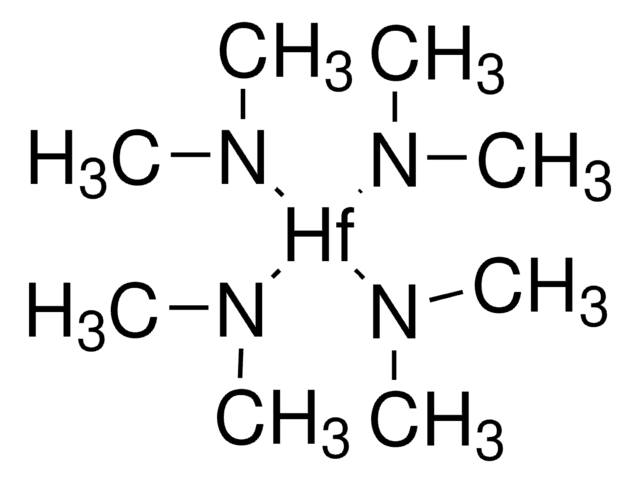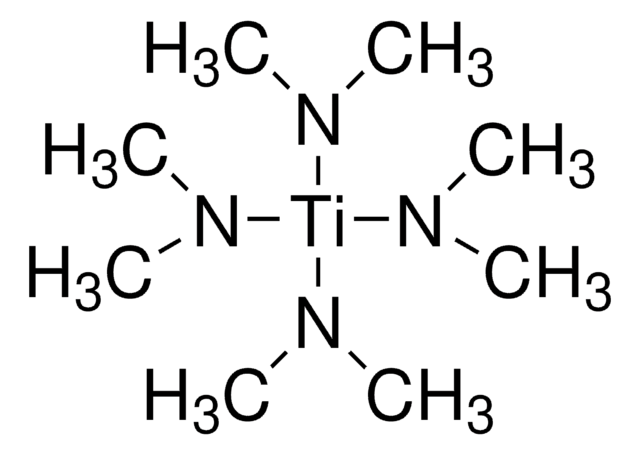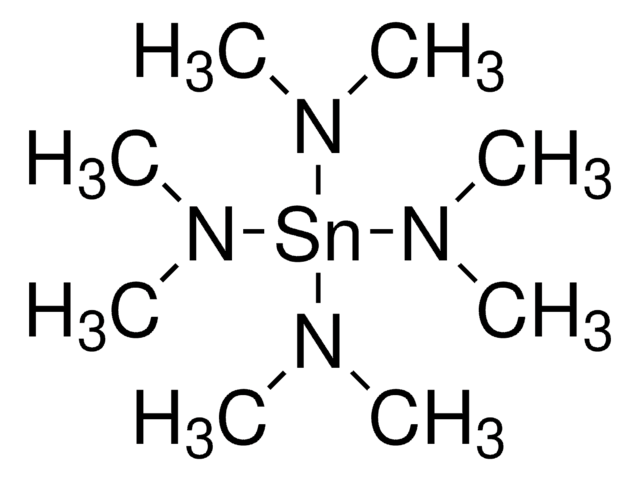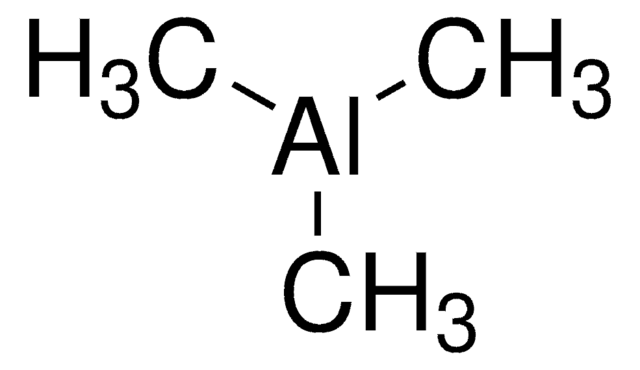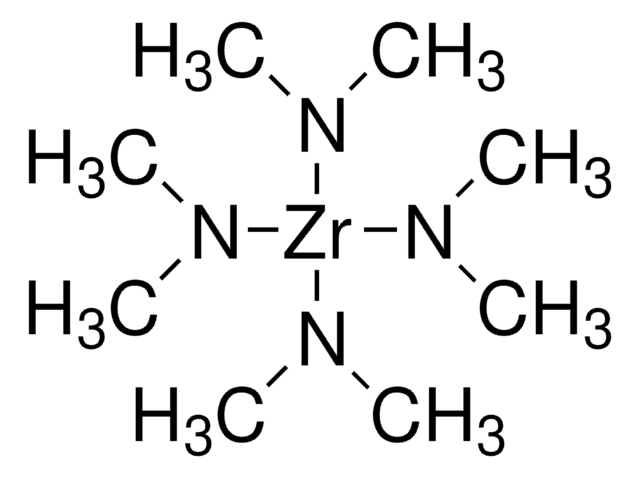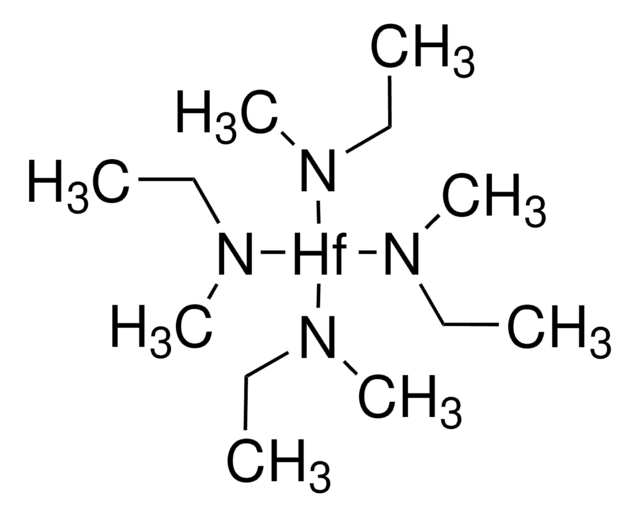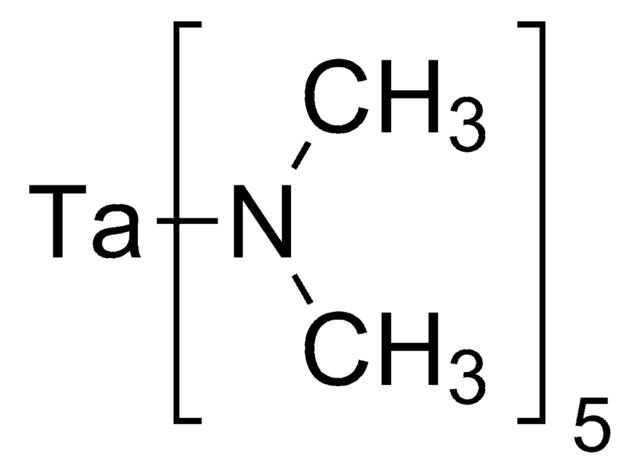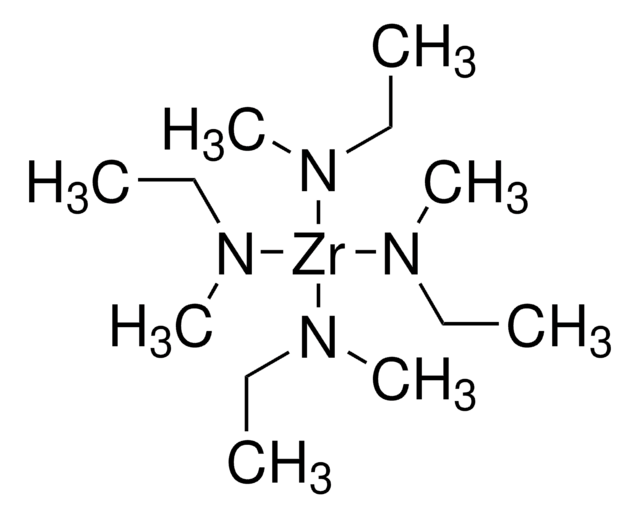推荐产品
品質等級
化驗
99.999% trace metals basis
形狀
liquid
反應適用性
core: titanium
bp
50 °C/0.5 mmHg (lit.)
密度
0.947 g/mL at 25 °C (lit.)
SMILES 字串
CN(C)[Ti](N(C)C)(N(C)C)N(C)C
InChI
1S/4C2H6N.Ti/c4*1-3-2;/h4*1-2H3;/q4*-1;+4
InChI 密鑰
MNWRORMXBIWXCI-UHFFFAOYSA-N
正在寻找类似产品? 访问 产品对比指南
一般說明
應用
訊號詞
Danger
危險聲明
危險分類
Flam. Liq. 2 - Skin Corr. 1B - Water-react 1
安全危害
儲存類別代碼
4.3 - Hazardous materials which set free flammable gases upon contact with water
水污染物質分類(WGK)
WGK 3
閃點(°F)
-22.0 °F - closed cup
閃點(°C)
-30 °C - closed cup
個人防護裝備
Faceshields, Gloves, Goggles, type ABEK (EN14387) respirator filter
其他客户在看
商品
Titanium dioxide (TiO2) is an important n-type semiconducting material that shows interesting characteristics such as photoswitchable surface wettability, high photocatalytic activity, bistable electrical resistance states and high electron drift mobility.
Since the demonstration of the first practical solar cell 60 years ago, research on novel materials, improved solar cell design and structure, and innovative manufacturing processes have all contributed to a continuous increase in the efficiency of photovoltaic (PV) devices.
In this paper, we discuss recent advances in the preparation of various TiO2 porous structures via hard and soft-templating routes. Specifically, we focus on recent developments in TiO2 mesoporous thin films in a combined sol-gel and evaporation-induced self-assembly (EISA) process.
Nanomaterials are considered a route to the innovations required for large-scale implementation of renewable energy technologies in society to make our life sustainable.
我们的科学家团队拥有各种研究领域经验,包括生命科学、材料科学、化学合成、色谱、分析及许多其他领域.
联系技术服务部门